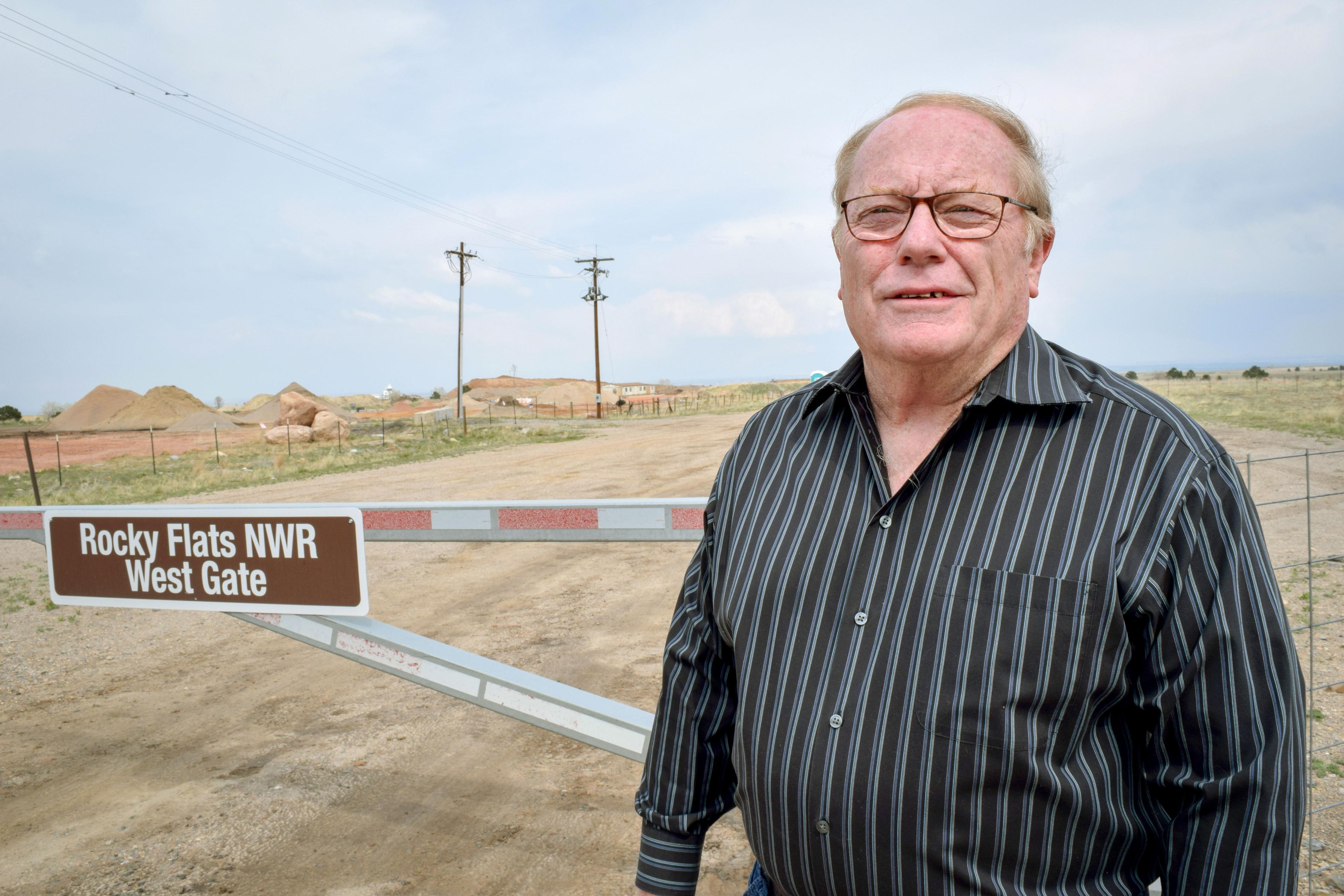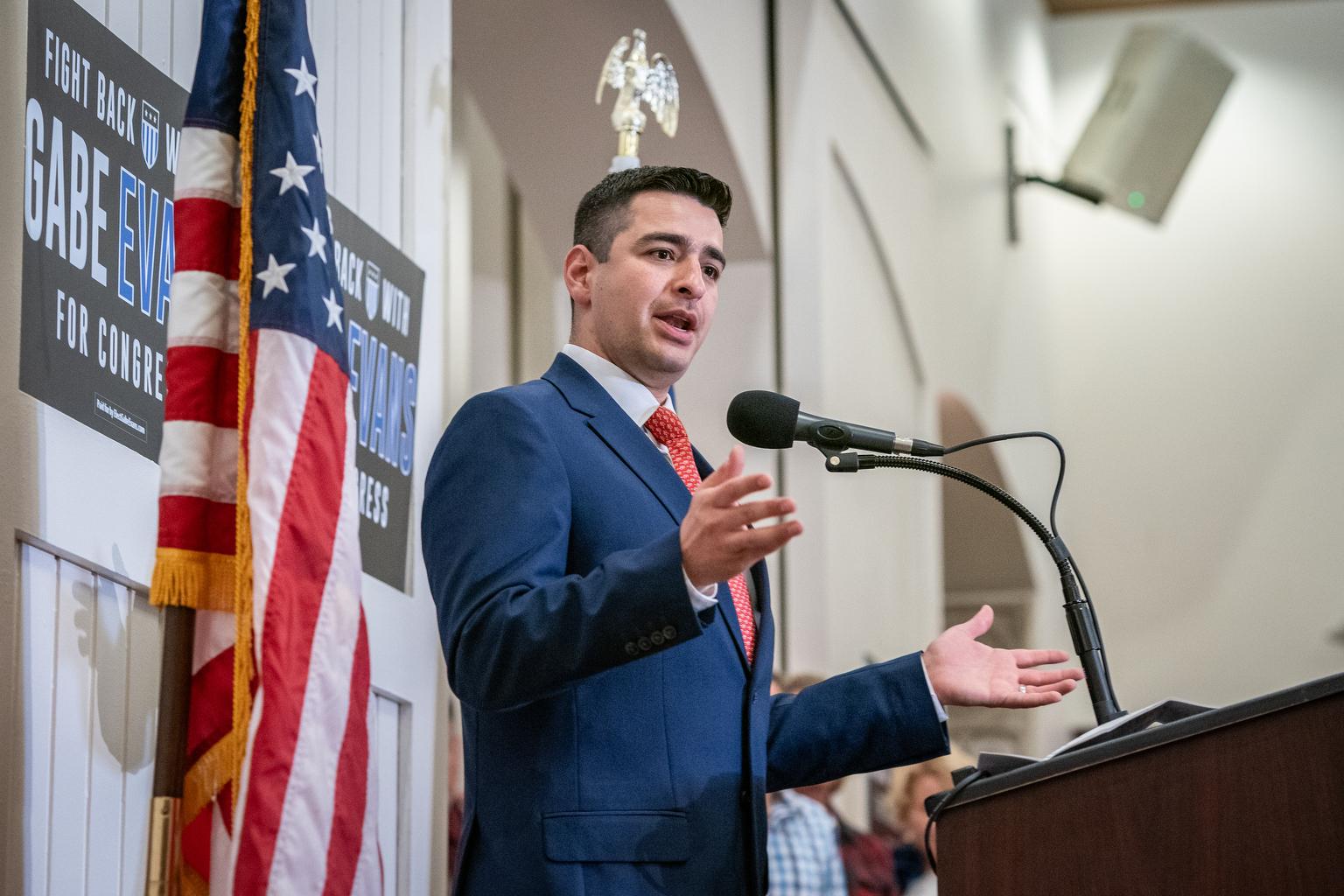

At first glance, a portion of the open grassland that lines Highway 93 between Golden and Boulder, Colorado seems perfectly untouched — there’s nothing about it that alludes to its long, controversial history. There’s also nothing about the land that would reveal why it’s the source of an environmental lawsuit or why school districts have banned field trips from going there.
The contested land is the Rocky Flats National Wildlife Refuge, the former home of the plutonium trigger manufacturing plant that lends it its name. The area, set to open to the public this summer, is one of the few nature spaces within 30 miles of Denver and is home to a special ecosystem.
“There’s areas of xeric tallgrass prairie which is one of the most unique ecosystems of this type in North America,” U.S. Fish and Wildlife Service Ranger Cindy Souders said. “There’s over 600 species of plants at this refuge.”
Souders thinks it’s important to give nature enthusiasts access to this rare experience. But the USFWS, who has been planning for the 20-mile trail network and a still forthcoming visitors’ center at the refuge, is facing serious pushback from surrounding communities who claim the land is not safe and should not be open to the public.

Just within a few day of each other, Denver Public Schools joined six other districts in a ban on field trips to Rocky Flats. Also, several environmental groups revived a lawsuit against the refuge that was thrown out in 2017 for being premature.
Why all the fuss?
The Rocky Flats plant, which produced weapons triggers from 1952-1989, was shut down when the FBI suspected it was breaking numerous environmental laws. Exposure to uranium, plutonium and beryllium posed serious health risks to the plant’s workers and the surrounding communities, so the government ordered Rocky Flats to be cleaned up. Sixteen years and $7 billion later, Rocky Flats is considered all cleaned up by the Environmental Protection Agency.
Despite the signoff by the EPA and other agencies, Rocky Flats is still ever present to the workers who spent decades at the plant, sometimes at the expense of their health. An April resource fair was held for nuclear weapons workers in Arvada less than 20 miles from Rocky Flats. The event was hosted by Cold War Patriots — a Colorado-based group that connects uranium and plutonium workers to benefits offered by the government for their lingering health problems.
Most of the fair attendees worked at Rocky Flats, including 69-year-old Ray Malito who spent 31 years as an employee. He started as a janitor but eventually became a lab technician.
“I would have to go up in the rafters and the only thing I had on was a little painter’s mask,” Malito said. “When I got back off, that mask was completely black. And a lot of it was carbon but a lot of it was also beryllium.”

Malito lost some of his hearing from working around the chemicals at Rocky Flats. He said he’s one of the lucky ones because he hasn’t come down with Chronic Beryllium Disease like so many of his former co-workers. Seventy-year-old Larry Snodgrass has come down with CBD after working at Rocky Flats for 27 years.
“Basically what we did is, [we] took whatever precautions they wanted, and we still got sick,” he said.
Snodgrass worked as an inspector of beryllium shells. There was strict safety protocol in place back then, but he said they still weren’t fully aware of the risk.
“The beryllium is like a dust and you cannot see it,” he said. “As a matter of fact we found out later on that it had actually moved into the ventilation system and some of the office workers got contaminated too.”
Chronic Beryllium Disease makes it hard to breathe. When it gets in the lungs, it blocks off airways. Over the years, CBD has claimed the lives of some his former co-workers, Snodgrass said. He uses an oxygen tank at night and has to get checkups every six months to see how much his lung capacity has gone down.
“Once your lungs start malfunctioning, there’s all kinds of problems,” Snodgrass said.

Despite the public outcry from some community members, USFWS Ranger Cindy Souders said the service is confident that the area is safe.
“Our assurance is that cleanup has been completed,” she said. “And so, I am gonna believe in science.”
But some believe USFWS is “engaging in a fiction.” That’s the claim of several environmental groups who have filed a lawsuit. The groups’ attorney, Randall Weiner, said the cleanup was not thorough.
“We’ll be seeking an injunction from the federal district court and asking the judge to slow, in fact stop, the opening of the Rocky Flats refuge to the public this summer until the court takes a look at these issues,” Weiner said.
The Colorado Department for Public Health Environment has also certified the area as safe. The department conducted several cancer studies that looked at the rates of cancer cases in areas near Rocky Flats from the ‘90s on.
“We were not able to find any elevated cancer rates that could reasonably be related to exposures from Rocky Flats,” Environmental Epidemiologist Mike Van Dyke said.
In the few cancer spikes that CDPHE did find, they were most likely related to higher rates of smoking in those areas, Van Dyke said.
Despite scientists giving it the all clear, Rocky Flats’ history still elicits strong emotional response from the community. Ray Malito echoed the concern of the seven school districts that have banned refuge field trips, fearing that the risk of health effects from contamination is too great.
“I have a 13-year-old grandson,” he said. “I wouldn’t take him there.”









